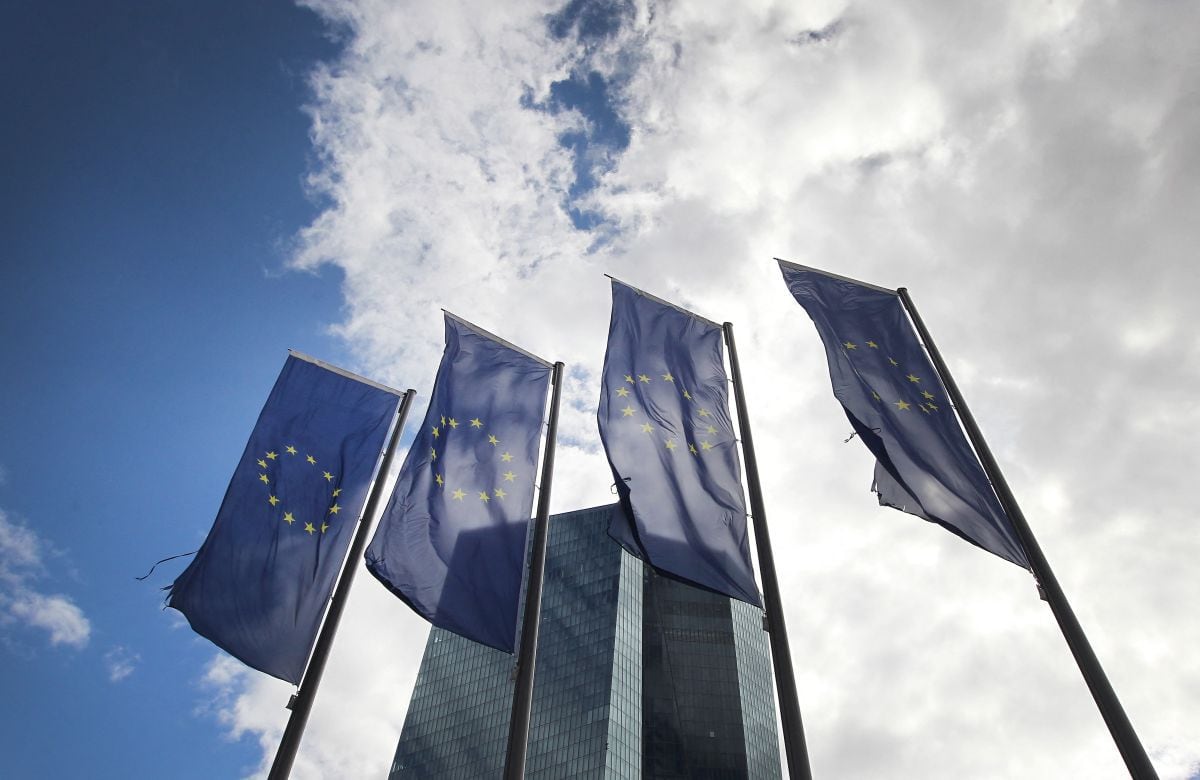
The European Central Bank raised interest rates by 50 basis points on Thursday and explicitly signaled at least one more increase of the same magnitude for next month, reaffirming that it will stay the course in its fight against high inflation.
But financial markets immediately took the move as suggesting the tightening cycle could end soon, just as they did on Wednesday when the head of the Federal Reserve of the United States, Jerome Powell, said there were signs that inflation was declining.
The ECB has been raising rates at a record pace to combat inflation, which is the byproduct of factors such as the aftermath of the COVID-19 pandemic and the energy crisis that followed Russia’s invasion of Ukraine nearly a year ago.
The central bank of the 20 countries that share the euro raised another half percentage point the rate it pays for bank deposits, to 2.5%, in line with what it said in December and with market expectations.
In his statement, he said the next rate hike would be the same size, though he left options open for later.
“The Governing Council intends to raise interest rates by another 50 basis points at its next monetary policy meeting in March and will then assess the further path of its monetary policy.”, said the ECB.
Carsten Brzeskiglobal head of macroeconomics at ENGsaid that the ECB was “opening the door to a pause or slower pace of rate increases beyond March”, a view that was reflected in market moves as the yield on Germany’s 10-year bonds fell 15 basis points to 2.14%.
The president of the ECBChristine Lagarde, questioned the interpretation that Thursday’s measure meant that the cycle of increases was near the end.
“No. We know we’ve got ground to cover, we know we’re not done”, Lagarde said at a press conference, reiterating the bank’s mantra that “will stay the course” in the fight for inflation to return to its target of around 2%.
The disconnect between the message of the ECB and the market’s reading mirrored what happened on Wednesday after the Fed eased the rate of hikes and acknowledged that disinflation was underway, while reaffirming that borrowing costs needed to rise further.
Before the decision of ECBinvestors and economists expected the ECB to raise its deposit rate by another 50 basis points in March and peak it at 3.25%/3.50% by summer, the highest point since the turn of the century.
The ECB is also gradually reducing the multitrillion-euro stock of bonds it accumulated over the past decade while trying to boost inflation, which was then too low.
Perspective still unclear
Recent economic data from the Eurozone has painted a mixed picture.
Headline inflation has fallen rapidly since peaking at 10.6% in October, but the gauge of core prices, which excludes volatile items such as food and fuel, has been rising steadily or rapidly.
The Eurozone achieved unexpected growth in the last three months of 2022, but this was largely due to an exceptionally mild winter and a stellar performance from Ireland.
In December, the ECB He said the rates would go up.at a steady pace” until he was glad that inflation returned to his 2% target.
But that guidance has since become a source of confusion for investors and contention within the Governing Council, as headline inflation fell sharply while core price growth continued to slowly rise.
Source: Reuters
Source: Gestion
Ricardo is a renowned author and journalist, known for his exceptional writing on top-news stories. He currently works as a writer at the 247 News Agency, where he is known for his ability to deliver breaking news and insightful analysis on the most pressing issues of the day.











